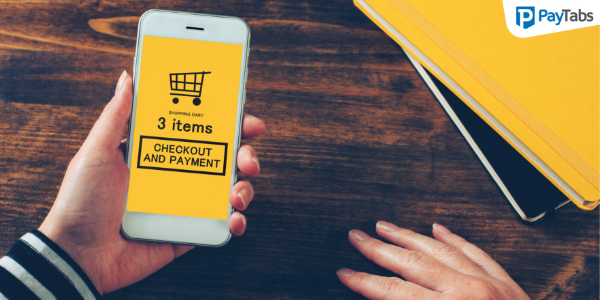How to offer a seamless checkout while helping to prevent revenue loss

As an e-commerce store owner, your main objective is to increase revenue in a highly competitive business environment. To do this, you have to deliver a seamless shopping experience devoid of any hiccups. On the surface, it looks like an easy feat to achieve but in reality, providing a seamless user experience is the most difficult thing an online store owner has to do. One area of focus when talking about user experience is the checkout process. While you would like to provide a seamless checkout process, there are security concerns and PCI compliance standards to worry about and finding a balance is not easy.
This article addresses how you can provide a seamless checkout process without exposing your business and the customers to security risks such as fraud. Keep reading.
The risks involved in e-commerce checkout process
Many online businesses have sunk under the weight of security lapses. While the internet has come as a godsend for sellers and consumers, the inherent security risks in data handling pose a big hurdle. As an online business owner, you must appreciate the magnitude of responsibility on your hands once you start to take payments online.
It is a big convenience to both the customer and the retailer but there are risks of data loss, which can lead to fraud. While your initial concern is cart abandonment, you should not forget the consequences of lax security measures on your e-commerce store.
Stripping down their checkout to the bare essentials might seem like a good idea in providing a seamless checkout process but in doing so, you will expose both your business and the customers to fraud. Worse still, your brand can lose credibility in case of data breaches and it will take a lot of marketing to get back on your feet. In essence, you have to find a balance between providing a seamless checkout process and security checks.
In summary, your business risks losing revenue by relaxing the checkout process in the following ways:
- Fraud: Any business that loses customer data during checkout will have to refund the amounts lost. With the increasing cases of online fraud, you need to avoid chargeback claims at all costs because they can drain your revenue. You need to implement effective security systems without complicating the checkout process.
- Interchange costs: If you don’t provide billing address information, your business risks an interchange downgrade and associated increase in costs.
- Hard declines and soft declines: Hard declines are permanent while soft declines arise when the card-issuing bank can’t complete a transaction. Both types of declines lead to revenue loss and you need a payment solutions company that can advise you on how to minimize these.
Balancing seamless checkout and preventing revenue loss
The objective of your online business is to make money and to do this; you have to seal all avenues of revenue loss. If you are in the process of implementing a seamless payment system, you should also have revenue loss at the back of your mind. To find a balance, consider the following:
- Implement basic fraud tools: By working with your payment solutions provider, you should enable the best fraud tools subject to your security risk. Enabling these tools guarantees that you don’t expose your business and customers to fraud and at the same time, you provide a seamless shopping experience. Anti-fraud security such as AVS and CVV lower the risk of fraud.
- Request AVS and CVV authentication: To avoid soft declines, ask for AVS and CVV authentication for your U.S customers at least on the first transfer for each customer.
- Implement 3D secure system: For customers outside the U.S (Europe or in the Asia Pacific region), you should implement the 3D secure system to deal with soft declines. This system also helps solve the problem of chargebacks. This security system shifts chargeback liability to the card-issuing bank.
If you run an online store, you need to appreciate the importance of providing a seamless checkout process. It is the only way to reduce cart abandonment rates, grow revenue and build customer loyalty. However, there is also the risk of losing revenue through fraud, declines, and interchange costs. For this reason, you should find a balance between a seamless checkout and effective security during checkout. Go ahead and identify the best payment solutions provider to implement a seamless and secure checkout process.

